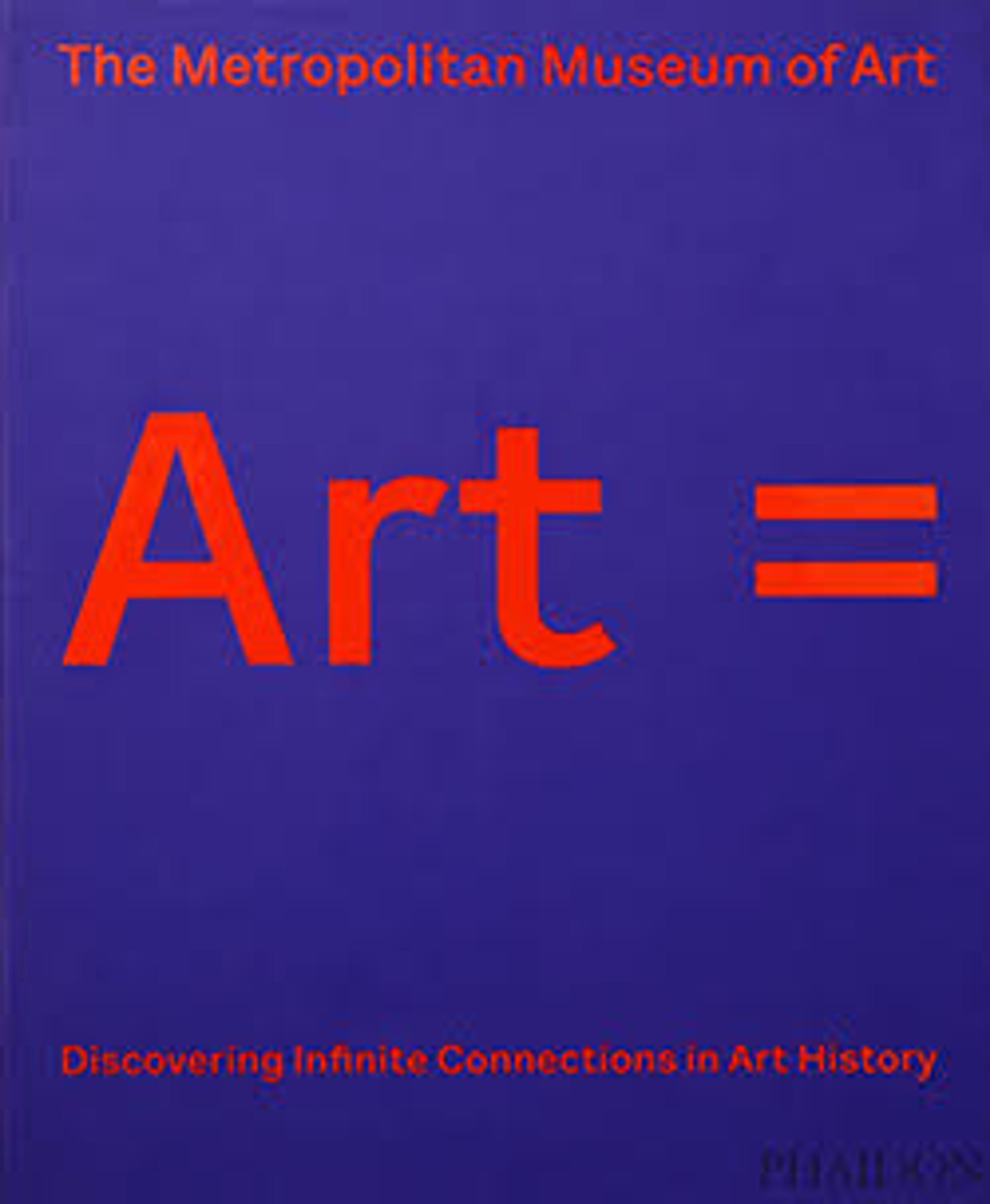Garden Gathering
At the center of this scene, a lady leans on a bolster pillow and languidly holds out a filled cup. Making somewhat immodest eye contact with the viewer, she displays burn marks, associated with mystics and lovers, on her lower arms. A male figure in European dress and hat, perhaps a merchant, kneels before her. The other figures offer refreshments and conversation.
Artwork Details
- Title:Garden Gathering
- Date:1640–50
- Geography:Attributed to Iran, probably Isfahan
- Medium:Stonepaste; painted and polychrome glazed (cuerda seca technique)
- Dimensions:Panel with tabs: H. 41 in. (104.1 cm)
W. 74 in. (188 cm)
D. 2 1/2 in. (6.4 cm)
Wt. 400 lbs.
Each tile: H. 8 7/8 in. (22.5 cm)
W. 8 7/8 in. (22.5 cm) - Classification:Ceramics-Tiles
- Credit Line:Rogers Fund, 1903
- Object Number:03.9c
- Curatorial Department: Islamic Art
Audio
6722. Garden Gathering
0:00
0:00
We're sorry, the transcript for this audio track is not available at this time. Please email info@metmuseum.org to request a transcript for this track.
More Artwork
Research Resources
The Met provides unparalleled resources for research and welcomes an international community of students and scholars. The Met's Open Access API is where creators and researchers can connect to the The Met collection. Open Access data and public domain images are available for unrestricted commercial and noncommercial use without permission or fee.
To request images under copyright and other restrictions, please use this Image Request form.
Feedback
We continue to research and examine historical and cultural context for objects in The Met collection. If you have comments or questions about this object record, please contact us using the form below. The Museum looks forward to receiving your comments.
